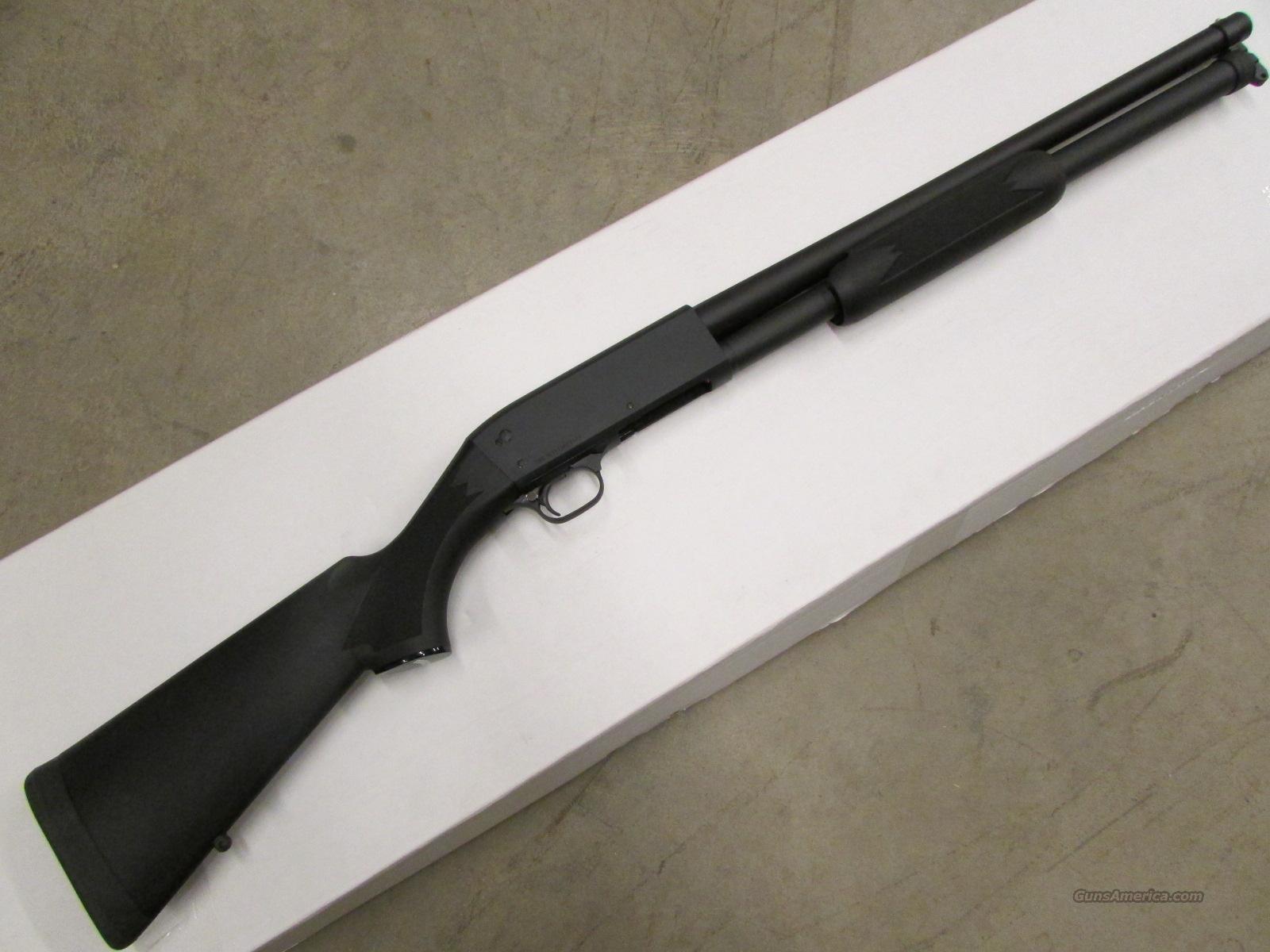

This weight reduction was accomplished by clever design rather than by the use of light alloys.

It won immediate acclaim since it was a good pound lighter than its nearest competitor. The Featherlight was first offered in 1937. Although they have manufactured M1911A1 automatic pistols, M6 survival weapons, and M3A1 sub-machine guns under World War II government contracts, and are currently producing a cal.22 rifle, their reputation has been built on their trap guns, their double-barrel guns, and the Model 37 Featherlight slide- action shotgun.
ITHACA 37 SHOTGUN STOCK SERIES
hammer gun, and from this they evolved a series of single- and double-barrel shotguns. Y., started manufacturing guns in a small wood building on the banks of Fall Creek in 1880. Hoffschmidt Ithaca Model 37 Featherlight Shotgun If he did so, he failed to patent it, and the claim is generally disregarded today.- Harold L. Finally, Manton's friends also advanced him as having developed the true percussion cap. Mantón was soon able to put his lock into production. Again Forsyth sued, but his patent was about to expire, ancl although the court found in his favor. M ton turned to the tube lock and obtained a patent on it in 1818. In 1816 he patented a percussion pellet lock which Forsyth claimed was an infringement on his patent, and in the suit which followed Forsvth won. Most controversial of all were Manton's contributions to the development of the percussion ignition system. Less popular were his V-shapcd priming pan and his gravitational safety stop designed to prevent the accidental discharge of a gun while a chargc was being rammed home. Perhaps the most widely acccptcd of Manton's designs was the elevated rib for sighting double-barrel arms, and second was his patent brccch complete with drain hole, which made it possible for double-barrel guns to be constructed in a more streamlined form.

A number of these improvements met with little favor despite their virtues, and a few led to litigation ancl considerable controversy.


 0 kommentar(er)
0 kommentar(er)
